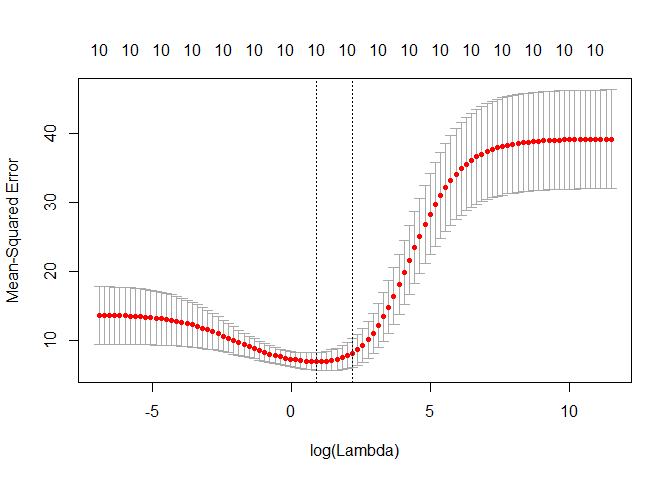
double gsl_stats_max ( const double data, size_t stride, size_t n ) ¶ For functions which return an index, the location of theįirst NaN in the array is returned. NaN will be returned, since the maximum or minimum value is The following functions find the maximum and minimum values of aĭataset (or their indices). The variance replaces the sample mean by the known This function computes an unbiased estimate of the variance of the weightedĭataset data when the population mean mean of the underlyingĭistribution is known a priori. double gsl_stats_wvariance_with_fixed_mean ( const double w, size_t wstride, const double data, size_t stride, size_t n, const double mean ) ¶ double gsl_stats_wsd_m ( const double w, size_t wstride, const double data, size_t stride, size_t n, double wmean ) ¶įunction gsl_stats_wvariance_m() above. This function returns the square root of the corresponding varianceįunction gsl_stats_wvariance() above. The standard deviation is defined as the square root of the variance. double gsl_stats_wsd ( const double w, size_t wstride, const double data, size_t stride, size_t n ) ¶ This function returns the estimated variance of the weighted datasetĭata using the given weighted mean wmean.

double gsl_stats_wvariance_m ( const double w, size_t wstride, const double data, size_t stride, size_t n, double wmean ) ¶ But these extreme distributions arise rather infrequently across a broad range of practical applications.Note that this expression reduces to an unweighted variance with theįamiliar factor when there are equal non-zero So clearly, the rule does not apply in some situations. This result is correct (to two decimal places) for an important distribution that we meet in another module, the Normal distribution, but it is found to be a useful indication for many other distributions too, including ones that are not symmetric.ĭue to Chebyshev's theorem, not covered in detail here, we know that the probability \(\Pr(\mu_X - 2\sigma_X \leq X \leq \mu_X + 2\sigma_X)\) can be as small as 0.75 (but no smaller) and it can be as large as 1.


This guide or 'rule of thumb' says that, for many distributions, the probability that an observation is within two standard deviations of the mean is approximately 0.95. (The variance is equivalent to the 'moment of inertia' in physics.) However, there is a useful guide for the standard deviation that works most of the time in practice. the random variable \(V\) from exercise 2.Īs observed in the module Discrete probability distributions, there is no simple, direct interpretation of the variance or the standard deviation.The mean \(\mu_X\) of a continuous random variable \(X\) with probability density function \(f_X(x)\) is The equivalent quantity for a continuous random variable, not surprisingly, involves an integral rather than a sum. Where the sum is taken over all values \(x\) for which \(p_X(x) > 0\). In the module Discrete probability distributions, the definition of the mean for a discrete random variable is given as follows: The mean \(\mu_X\) of a discrete random variable \(X\) with probability function \(p_X(x)\) is When introducing the topic of random variables, we noted that the two types - discrete and continuous - require different approaches. Content Mean and variance of a continuous random variable Mean of a continuous random variable


 0 kommentar(er)
0 kommentar(er)
